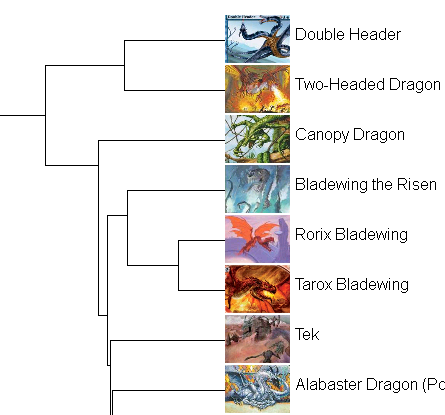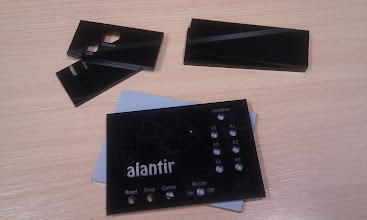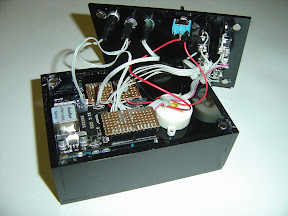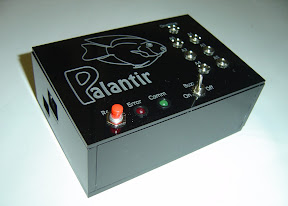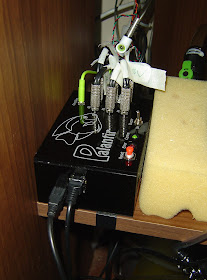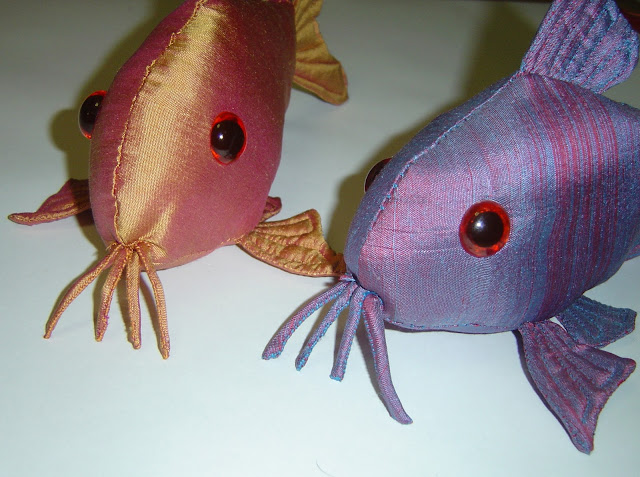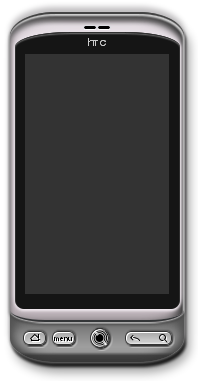Stargazy - Revisiting the smart fish tank

'Stargazy' is our second-generation project to develop an aquarium equipment monitor.
It connects a series of temperature, pressure and various other sensors to a WiFi enabled Raspberry Pi. The resulting data is forwarded to a separate server for processing, management and storage using Prometheus, with display and alerting through a website using Grafana.
For details, see our full Stargazy Writeup (updated 25/7/18).
